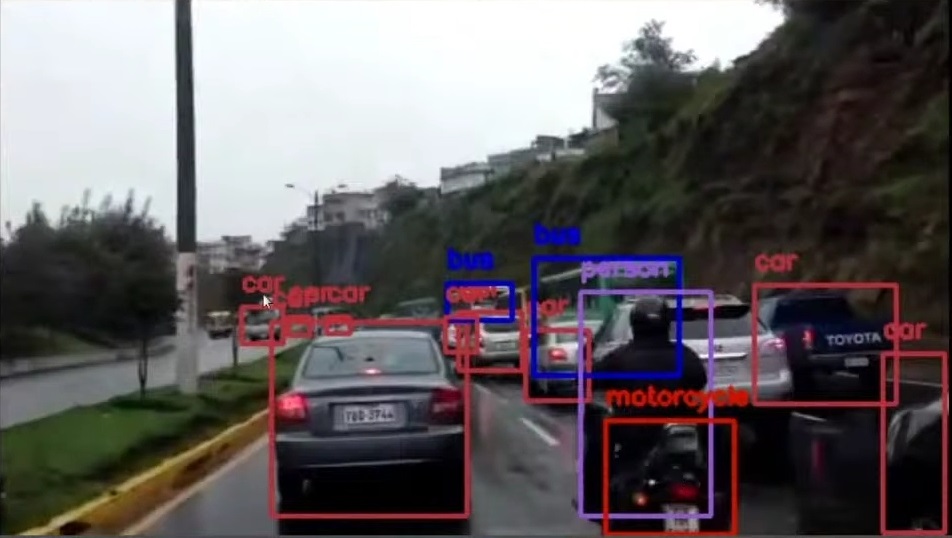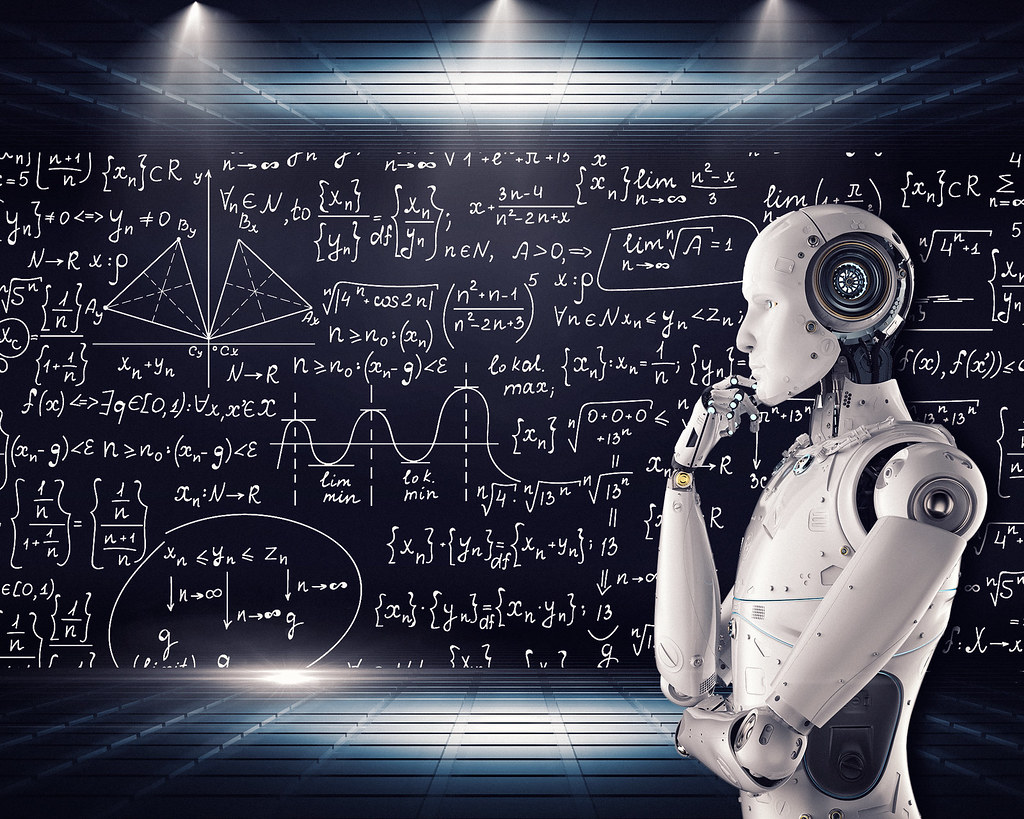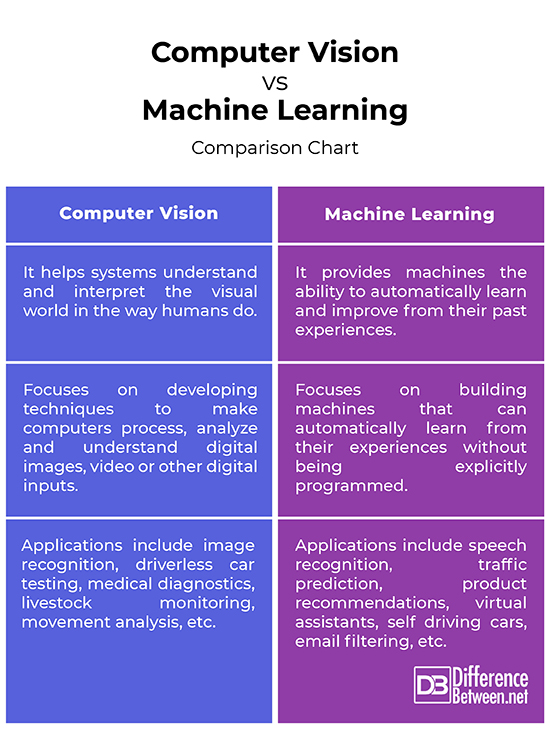Difference Between Computer Vision and Machine Learning

What is Computer Vision?
Human vision is intricately beautiful and is still not completely understood. Yet there is an abundance of life forms on the planet all of which have similar visual systems. They include eyes for capturing light, brain receptors for accessing it, and a visual cortex for processing it. The human brain processes visual information by interpreting the surrounding environment and this image processing technique is vastly superior. A computer interprets and processes such images very differently. Computer Vision is an interdisciplinary field of computer science that focuses on developing techniques to make computers process, analyze and understand digital images, video or other digital inputs. It allows computers to extract meaningful information from images and videos the same way humans do. The idea is to mimic how the human eye can capture light and color in the real world and extract information from images.
Is Computer vision AI or ML?
Computer Vision is an AI technology that trains computers to derive meaningful information from digital images. It helps systems understand and interpret the visual world in a way that can elicit appropriate action. For example, humans can immediately recognize a flower as they see it because they have had a million years of head start to help identify what a flower looks like, what kind is it, where it grows, and how to tell the different flowers apart. But computers do not have that same advantage; to computers, it may look like a massive array of numbers with no context here, but data. Computer vision helps machines perform all those functions, but in very less time and using cameras and algorithms.

What is Machine Learning?
This is a digital era we live in and we sit on enormous piles of data that we don’t have any clue of. Data is omnipresent in technology – the same technology that we are so dependent on, from your beloved phones to laptops, tablets, cameras, activity trackers, smartwatches, and what not. Data is all around us, yet we still do not understand its potential, especially when it comes to transforming the data into meaningful information. Machine Learning brings the promise of deriving meaningful insights from all of that data. ML is an application of AI that enables machines to learn from experiences, just the way humans do – learning from their mistakes and improving upon past experiences. ML consists of designing efficient and accurate prediction algorithms.
Do you need machine learning for computer Vision?
In the past few years, there has been a sudden increase of interest in developing machine learning techniques for computer vision based applications. Machine learning and computer vision complement each other; CV uses machine learning techniques to automate the acquisition of visual models, transform signals to symbols, build trainable image processing systems, and learn when to apply what algorithm in a vision system.
What type of machine learning does computer vision use?
Machine learning algorithms can be applied in computer vision systems in at least two different ways:
- to improve perception of the surrounding environment in order to identify and classify objects
- to bridge the gap between internal representations of the environment and the representation of the knowledge required to extract relevant information from images
There are different machine learning paradigms used in the computer vision domain, including conceptual, statistical and neural networks.
Difference between Computer Vision and Machine Learning
Technology
– Computer Vision is an AI technology that trains computers to derive meaningful information from digital images. It helps systems understand and interpret the visual world in the way humans do. Machine learning, on the other hand, is a method of data analysis based on the idea that machines can learn from data, identify hidden patterns in data and make appropriate decisions without being explicitly programmed.
Focus
– Both computer vision and machine learning involve interpretation of visual inputs to perform tasks with unmatched speed and accuracy that surpass human capabilities. Computer vision seeks to mimic the powerful capabilities of human visual system in order to teach computers to interpret the visual world. Machine learning, on the other hand, focuses on getting machines to learn and act like humans do. The idea is to build applications that can automatically learn from their experiences without being explicitly programmed.
Applications
– Computer vision now plays an important role in several different industries for a wide range of applications such as image recognition, driverless car testing, medical diagnostics, livestock monitoring, movement analysis, mask detection, cell classification, and so on. Machine learning is used in speech recognition, traffic prediction, product recommendations, virtual assistants, self driving cars, email filtering, financial key insights, computer vision, etc.
Computer Vision vs. Machine Learning: Comparison Chart

Summary
The idea of computer vision is to provide computers with human-like perception capabilities so that they can better identify and interpret the environment, and take appropriate actions. It allows computers to extract meaningful information from images and videos the same way humans do. Computer vision is one of the many applications of machine learning, which in fact, is a branch of AI that focuses on getting machines to learn and act like humans, but unlike a system that acts on pre-defined set of rules, a machine learning system learns from past experiences and act without being explicitly programmed and with little or no human intervention.
- Difference Between Caucus and Primary - June 18, 2024
- Difference Between PPO and POS - May 30, 2024
- Difference Between RFID and NFC - May 28, 2024
Search DifferenceBetween.net :
Leave a Response
References :
[0]Mohri, Mehryar, et al. Foundations of Machine Learning. Massachusetts, United States: MIT Press, 2012. Print
[1]Alpaydin, Ethem. Machine Learning: The New AI. Massachusetts, United States: MIT Press, 2016. Print
[2]Cipolla, Roberto, et al. Machine Learning for Computer Vision. Berlin, Germany: Springer, 2012. Print
[3]Sebe, Nicu, et al. Machine Learning in Computer Vision. Amsterdam, Netherlands: Springer, 2005. Print,
[4]Image credit: https://live.staticflickr.com/1816/30212411048_2a1d7200e2_b.jpg
[5]Image credit: https://commons.wikimedia.org/wiki/File:Computer_vision_sample_in_Sim%C3%B3n_Bolivar_Avenue,_Quito.jpg
